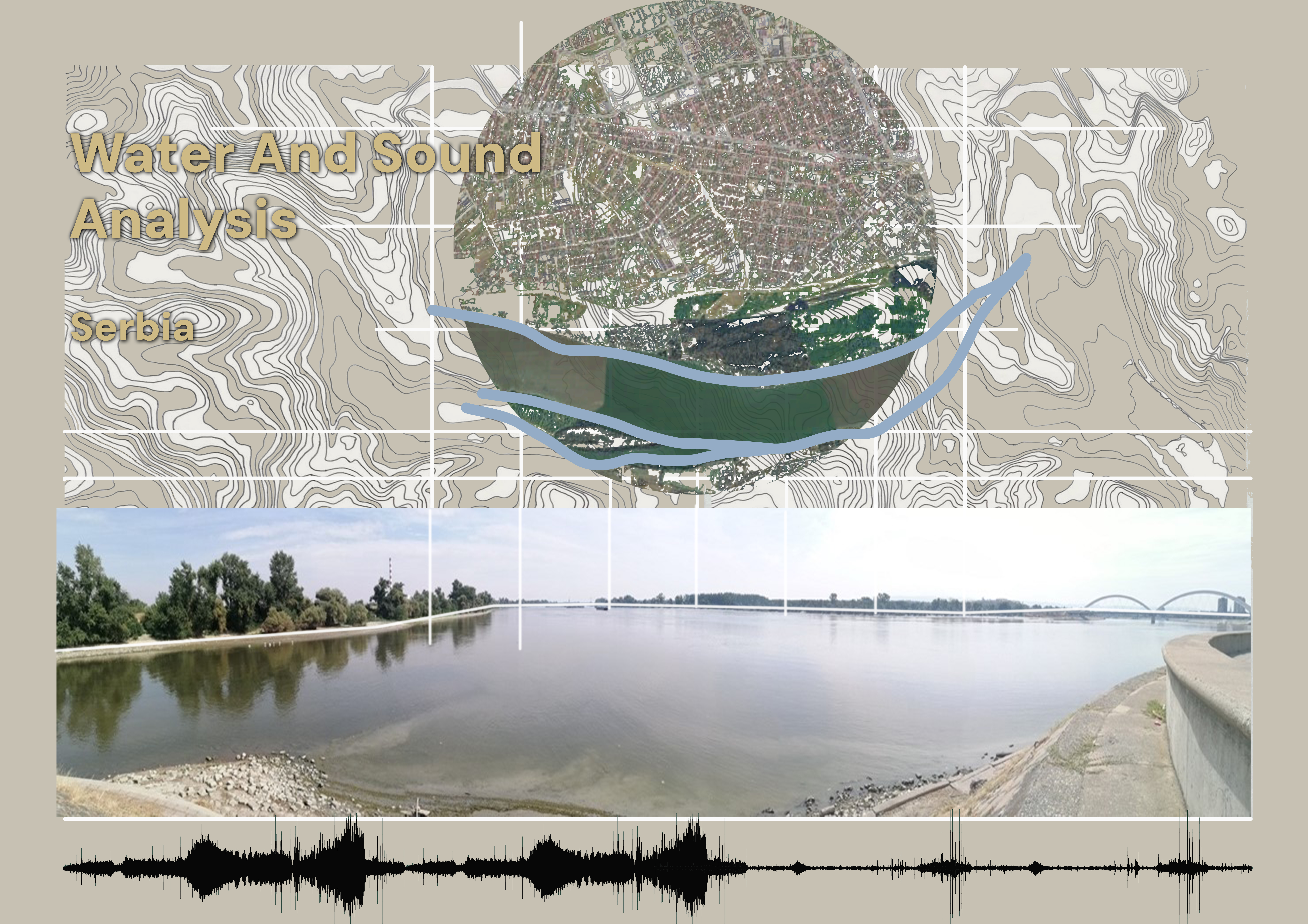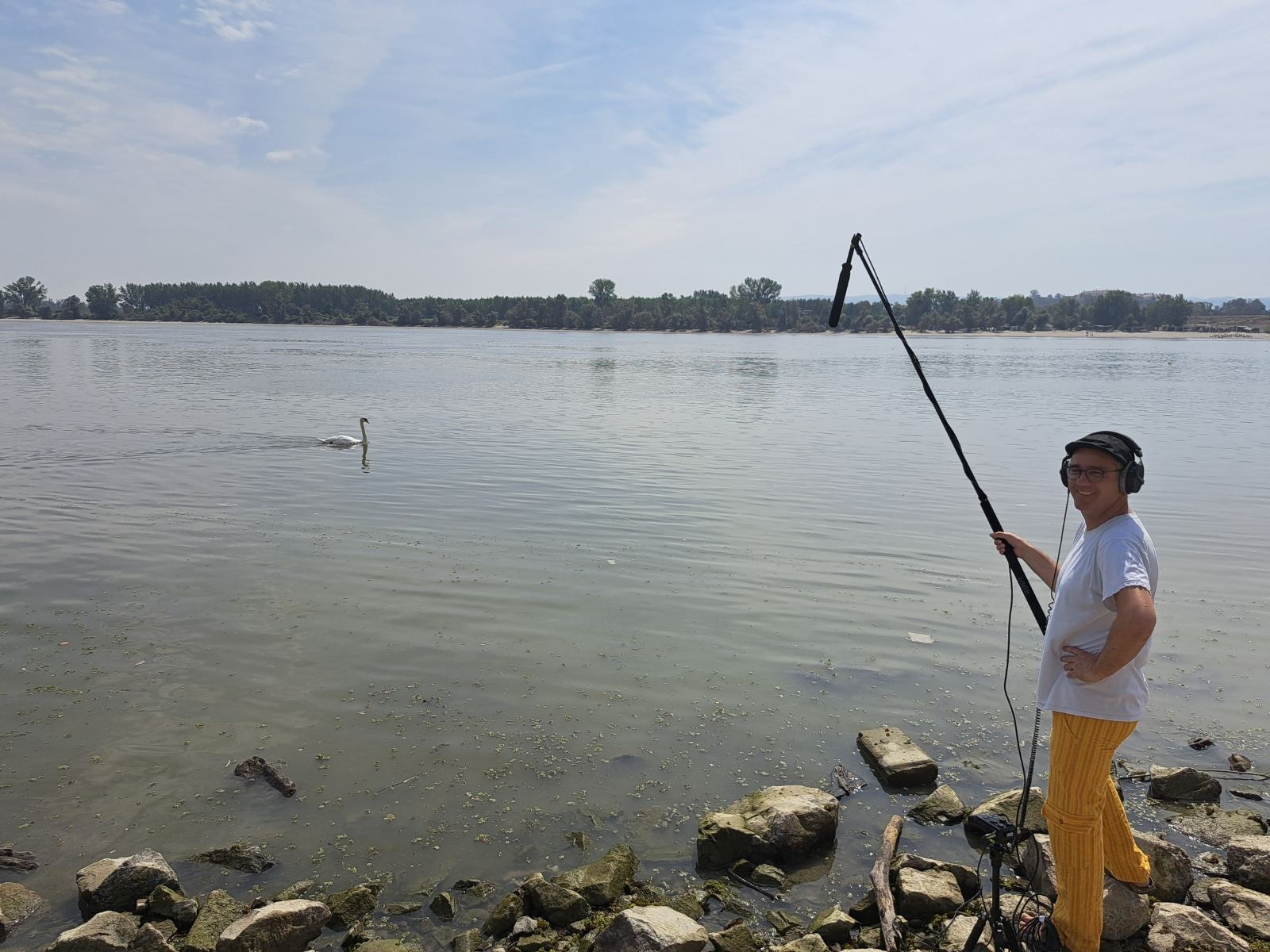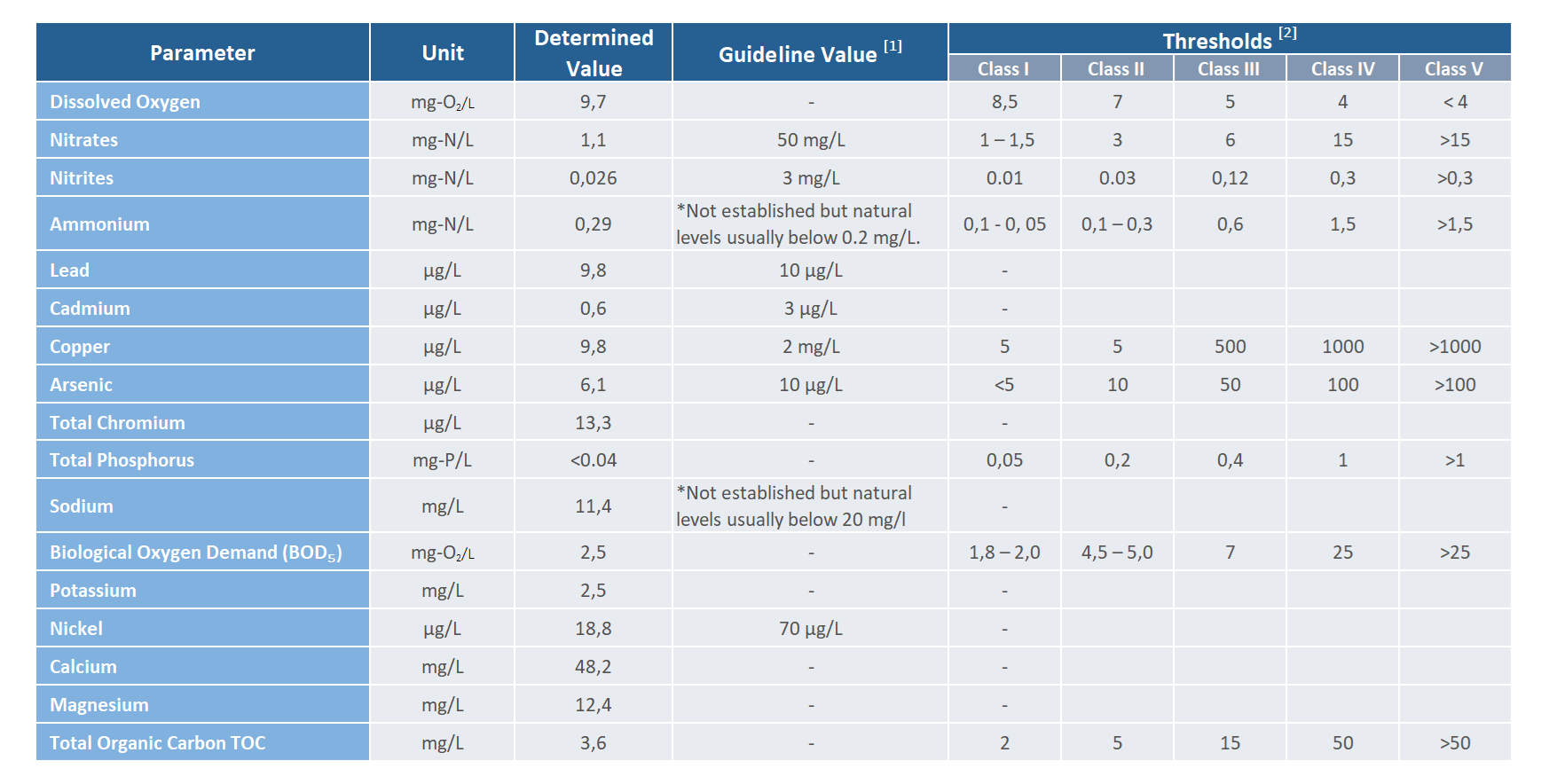Sound and Water Analysis
Estuary DTD, Novi Sad, Serbia

Sound Analysis
Date: 06.09.2024
Time: 13.00 hrs
Atmospheric Situation:
Experience a calm and inviting atmosphere where soft clouds and warm air create a harmonious balance. The setting feels peaceful and rejuvenating, perfect for a quiet moment of reflection:
-
- Lightly Clouded Skies: A gentle veil of clouds softens the sunlight, offering a soothing, diffused light.
- Comfortable Warmth: The air is pleasantly warm, wrapping you in a sense of ease and relaxation.
- Still Serenity: With no wind to disrupt the scene, the tranquility of the moment is undisturbed.
Between a division of the river in a small canal on the left side(Dunav-Tisa-Dunav)

Water Analysis

The water quality of the Danube River at Novi Sad, sampled at Estuary DTD in Danube – NS2, demonstrates mixed compliance with Serbian environmental standards. Most critical parameters, including Dissolved Oxygen (9.7 mg-O₂/L), Nitrates (1.1 mg-N/L), and Total Phosphorus (<0.04 mg-P/L), meet the thresholds for Class I water quality. This signifies excellent ecological status, meaning the water is suitable for uses such as drinking (with treatment), bathing, recreation, irrigation, and industrial processes.
Some parameters fall under Class II, reflecting good ecological status. These include Total Organic Carbon (TOC) at 3.6 mg/L, Nitrites (0.026 mg-N/L), Ammonium (0.29 mg-N/L), Arsenic (6.1 µg/L), and BOD₅ (2.5 mg-O₂/L). Class II waters can still support similar uses as Class I but may require additional treatment.
Copper (9.8 µg/L) falls under Class III, indicating moderate ecological status. This classification allows the use for drinking water supply with more extensive treatment processes, such as coagulation, flocculation, filtration, and disinfection, along with other uses like irrigation and industrial cooling.
For parameters not covered by Serbian standards, Cadmium (0.6 µg/L) and Nickel (18.8 µg/L) are safely within WHO guidelines. Lead (9.8 µg/L), however, is very close to the maximum limit of 10 µg/L, requiring careful monitoring.
Overall, while most parameters meet high ecological standards, specific exceedances highlight the need for ongoing management and monitoring to maintain water quality and ensure safety for its various uses.
References:
[1] World Health Organization (WHO). (2017). Guidelines for drinking-water quality: Fourth edition incorporating the first addendum. WHO. Website: https://iris.who.int/bitstream/handle/10665/254637/9789241549950-eng.pdf?sequence=1
[2] Official Gazette of the Republic of Serbia, No. 50. (2012, May 18) – “Regulations on limit values of polluting substances in surface and underground waters and sediment and deadlines for reaching them”. Website: https://reg-pravno–informacioni–sistem-rs.translate.goog/api/viewdoc?uuid=0c30a698-11e5-4840-83e3-3170a8ad6e02®actid=421895&doctype=reg&_x_tr_sl=auto&_x_tr_tl=sr&_x_tr_hl=en&_x_tr_pto=wapp
